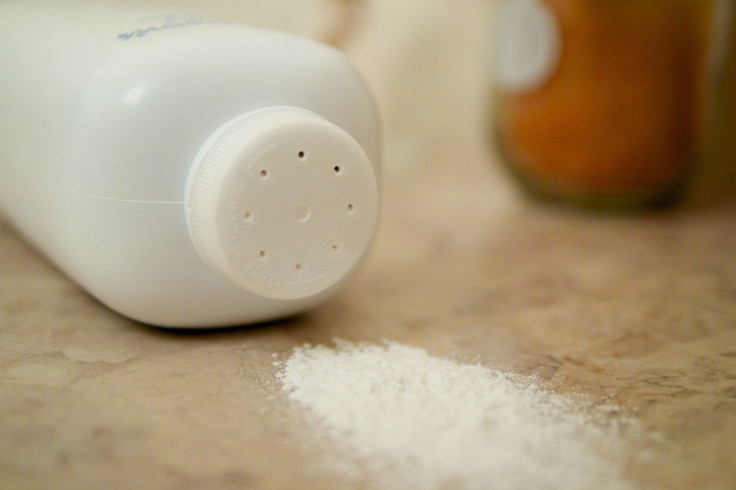Occupational Exposure To Talc Leads To Serious Respiratory Problems Among Workers

National health agencies, including the Food and Drug Administration and the American Cancer Society, acknowledge safety concerns regarding exposure to talc, a naturally occurring mineral consisting of magnesium, silicon, and oxygen. A recent study presented at the European Respiratory Society's (ERS) International Congress reveals some of the health hazards associated with occupational exposure to talc, such as talcosis — inflammation in the lungs caused by talc inhalation.
"Although talcosis is a well-known health effect of talc inhalation in such industries as mining, the risk was not recognized by the company, since talc is considered to be a harmless food additive and safe overall," said Dr. Jos Rooijackers, a pulmonologist from the Netherlands Expertise Centre for Occupational Respiratory Diseases (NECORD), in a statement. "As soon as an employee was diagnosed with talcosis caused by occupational exposure, the company became concerned about the health risks to its employees posed by talc use."
Rooijackers and his colleagues recruited a total of 111 workers who were exposed to talcum dust on a regular basis due to their positions at a chocolate products factory. Following a questionnaire gauging each participant’s occupational history and respiratory symptoms, researchers urged 18 of the workers to undergo a CT scan of their thorax due to their estimated cumulative exposure.
Out of the 18 workers who underwent CT scans, at least one and possibly two ended up developing talcosis. This pulmonary disease is considered progressive with ongoing exposure and can lead to life-threatening conditions, like lung fibrosis and respiratory failure. Findings from the study resulted in the company adopting effective control measures that limit its staff’s exposure to talc.
"Our research shows that comprehensive surveillance programs including exposure assessment and structured medical evaluation are the keystone of prevention and contribute to a safe and healthy workplace, thus underlining the recommendations in the ERS guidelines on the management of work-related asthma," Rooijackers added. "The health effects of occupational exposure to dust, gases, and vapors are not well recognized by health professionals and neglected by public authorities and employers, reinforced by a conflict of interest, and leading to missed diagnoses and a high burden of disease, thus putting employees in danger."
According to the American Cancer Society, talc in its natural form contains some asbestos, a carcinogenic substance that can result in cancer in or around the lungs. Following this discovery, asbestos-free talc starting making its way into U.S. homes by the 1970s. Today, talc is used in both the cosmetic and food industries. It can be found in cosmetic products, such as baby powder and facial powder. In food, it is often used as a carrier for food coloring and a separating agent for baked goods, rice, or seasonings. Unfortunately, people who work close to talc in these industries face a higher risk than most due to continuous exposure.
Source: European Respiratory Society's (ERS) International Congress. 2015.
Published by Medicaldaily.com



























